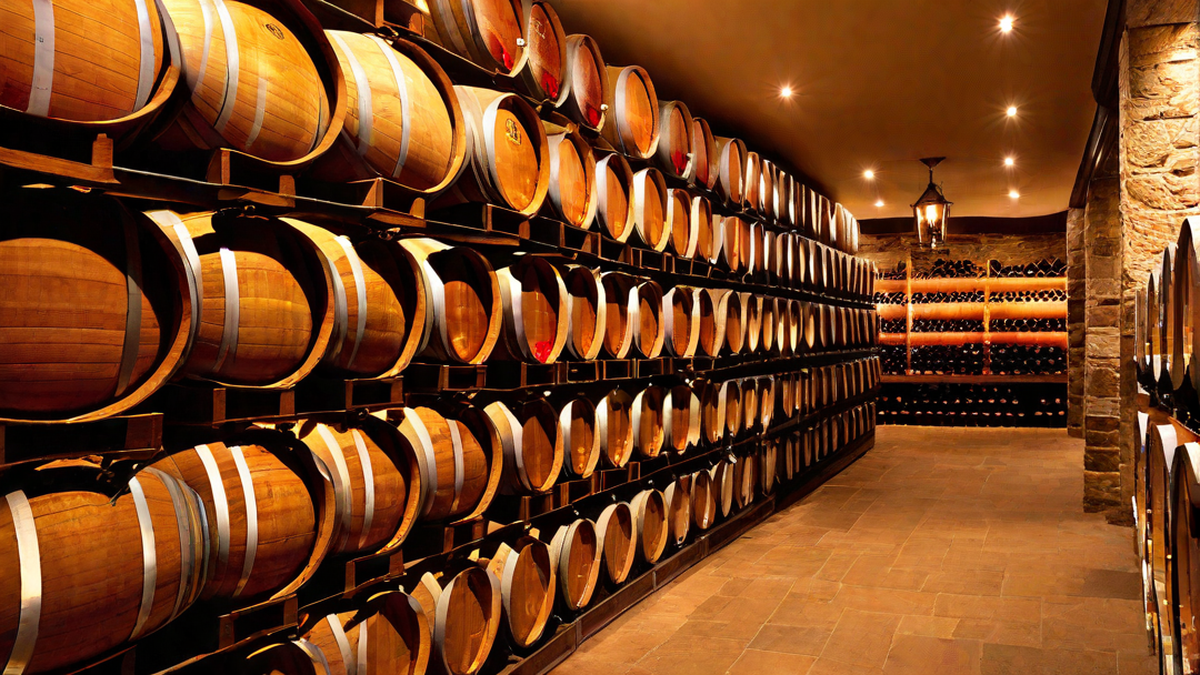It is crucial to store wine correctly in order to preserve its taste and quality as time passes. Being an avid wine lover, I have gained an understanding of the significance of proper wine storage through my personal experiences. In this piece, I will impart my expertise and recommendations for effectively storing wine, so you can fully savor your preferred bottles.
The Ideal Wine Storage Conditions
When it comes to storing wine, there are a few key factors to consider: temperature, humidity, light, and vibration.
1. Temperature: Wine is sensitive to temperature fluctuations, so it’s crucial to store it in a cool and consistent environment. The ideal temperature range for most wines is between 45°F (7°C) and 65°F (18°C). Avoid extreme temperature changes, as they can negatively impact the wine’s flavor and cause the cork to expand or contract.
2. Humidity: Maintaining the right humidity level is important to prevent the corks from drying out and allowing air to seep into the bottle. Aim for a humidity level of around 60-70%. If the humidity is too low, the corks may shrink, leading to oxidation. On the other hand, excessive humidity can trigger mold growth and damage the labels.
3. Light: Wine is also sensitive to light, especially ultraviolet (UV) rays. Prolonged exposure to light can cause the wine to age prematurely and develop off-flavors. It’s best to store wine in a dark place or use UV-protected glass in wine cellars or cabinets.
4. Vibration: Vibrations can disturb the sediment in wine and affect its aging process. Avoid storing wine in places with constant movement or near appliances that emit vibrations, such as refrigerators or washing machines.
Choosing the Right Storage Space
Now that we know the ideal storage conditions for wine, let’s explore the various storage options:
1. Wine Cellar: If you have the space and resources, a dedicated wine cellar is the ultimate solution. Wine cellars provide optimal temperature and humidity control, allowing your wine to age gracefully. Temperature-controlled wine refrigerators or wine cabinets are also a great option if you have limited space.
2. Cool, Dark Closet: If you don’t have a wine cellar, a cool, dark closet can work well for short-term storage. Choose a closet away from external walls to minimize temperature fluctuations. Ensure that the closet is not exposed to direct sunlight or artificial light sources.
3. Wine Racks: Wine racks are a popular choice for organizing and displaying bottles. Opt for racks made from materials that can absorb vibrations, such as wood or metal. Keep the wine rack in a cool area, away from direct sunlight and heat sources.
4. Wine Refrigerators: If you enjoy having your wine readily accessible, investing in a wine refrigerator is a great choice. These appliances provide temperature control and humidity levels suitable for wine storage. Make sure to set the temperature correctly and avoid frequent temperature adjustments.
Additional Tips for Wine Storage
Here are a few additional tips to help you store your wine properly:
1. Lay Bottles Horizontally: Storing wine bottles horizontally allows the liquid to stay in contact with the cork, preventing it from drying out. This is particularly important for wines sealed with natural corks.
2. Avoid Strong Odors: Wine can easily absorb strong odors, which can affect its flavor. Keep wine away from pungent substances like cleaning products, perfumes, and spices.
3. Handle Bottles with Care: When moving or handling wine bottles, be gentle to avoid disturbing the sediment and potentially spoiling the wine.
Conclusion
Proper wine storage is vital for preserving the quality and flavors of your favorite bottles. Remember to find a cool, dark, and stable environment, maintaining the right temperature, humidity, and protection from light and vibrations. Whether you have a dedicated wine cellar or a small wine rack, following these guidelines will help you enjoy your wines at their best. Cheers to storing wine like a pro!
